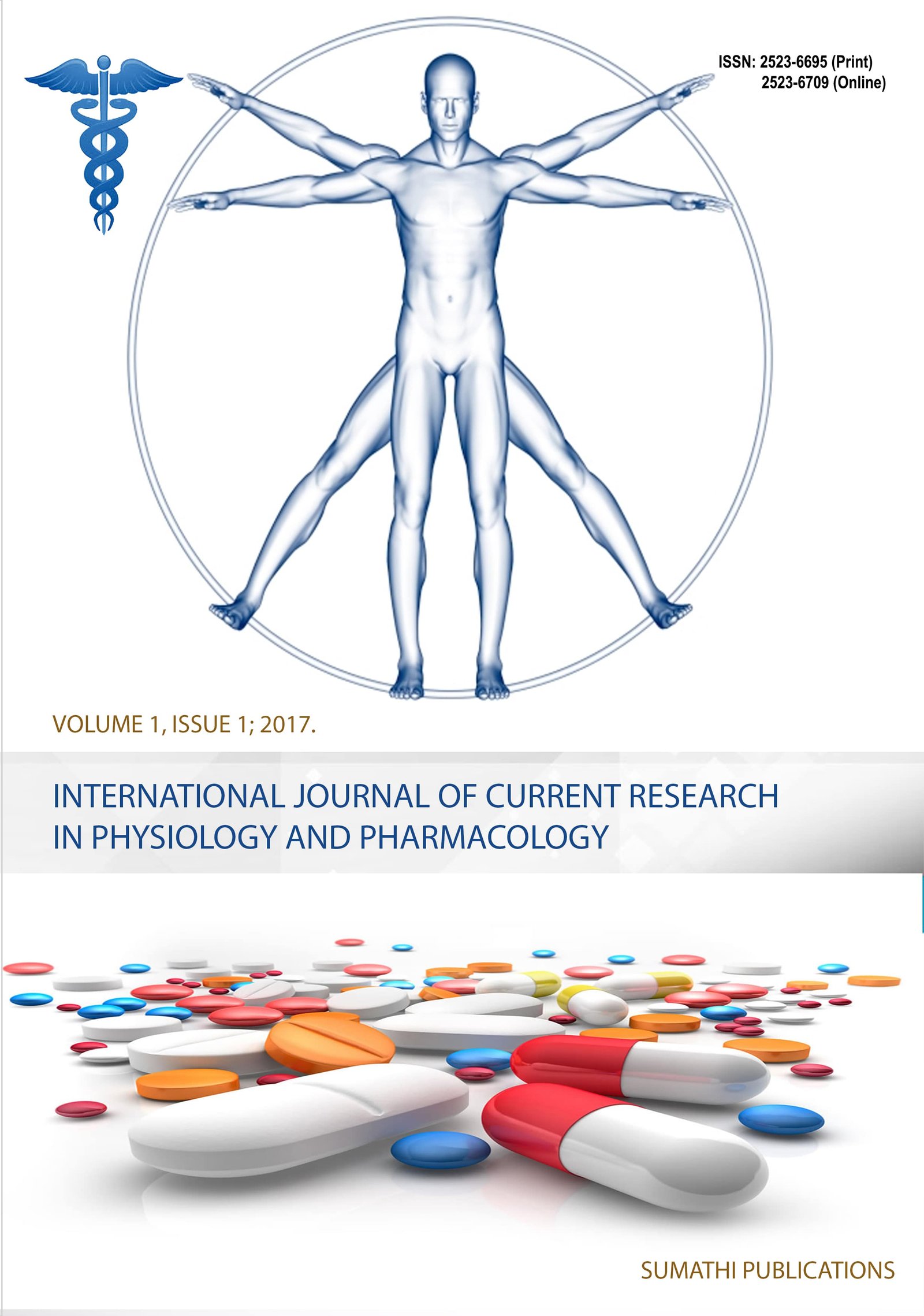Role of Antioxidants in Male Reproduction: Review
Keywords:
Antioxidants, male fertility, sperm qualityAbstract
To counter oxidative stress, cells constitutively express enzymes that detoxify the reactive oxygen species and repair the damage. An antioxidant is any substance that when present at low concentrations compared to those of an oxidizable substrate significantly delays or prevents oxidation of that substrate. The antioxidant enzymes are major cell defense against acute oxygen toxicity. The functions of these antioxidant enzymes are to protect the membrane and cytosolic components against damage caused by free radicals. Glutathione peroxidase, Superoxide dismutase, glutathione-s-transferase, catalase, xanthine oxidase. Amongst a variety of antioxidants; vitamin E antioxidant use is essential because it travels through the body in molecules called lipoproteins and protect them from oxidation. For Many years, vitamin E considered as an anti-sterility factor. In the male reproductive system, vitamin C is known to protect spermatogenesis, and it plays a major role in semen integrity and fertility in men. It increases testosterone levels and prevents sperm agglutination. It is an important chain-breaking antioxidant, contributing up to 65 % of the total antioxidant capacity of seminal plasma found intracellularly and extracellularly. N-Acetyl cysteine reacts with highly oxidizing radicals such as ˙OH, ˙NO2, CO3˙‑, and also bind redox-active metal ions. Thiosl can also afford radioprotection through the donation of reducing equivalents.
Keywords: Antioxidants; Male fertility; Sperm quality.
Downloads
References
Downloads
Published
Issue
Section
License
Copyright (c) 2018 Sangishetti Vijay Prasad, Ghongane BB, Ashutosh Chourishi, Kiran Vakade, Kunkulol RR

This work is licensed under a Creative Commons Attribution-NonCommercial-ShareAlike 4.0 International License.
The journal allows the author(s) to hold the copyright without restrictions and will retain publishing rights without restrictions.
The submitted papers are assumed to contain no proprietary material unprotected by patent or patent application; responsibility for technical content and for protection of proprietary material rests solely with the author(s) and their organizations and is not the responsibility of the journal. The main (first/corresponding) author is responsible for ensuring that the article has been seen and approved by all the other authors. It is the responsibility of the author to obtain all necessary copyright release permissions for the use of any copyrighted materials in the manuscript prior to the submission.
What are my rights as an author?
It is important to check the policy for the journal to which you are submitting or publishing to establish your rights as
Author. Journal's standard policies allow the following re-use rights:
- The journal allows the author(s) to hold the copyright without restrictions.
- The journal allows the author(s) to obtain publishing rights without restrictions.
- You may do whatever you wish with the version of the article you submitted to the journal.
- Once the article has been accepted for publication, you may post the accepted version of the article on your own personal website, your department's website or the repository of your institution without any restrictions.
- You may not post the accepted version of the article in any repository other than those listed above (i.e. you may not deposit in the repository of another institution or a subject-matter repository) until 12 months after publication of the article in the journal.
- You may use the published article for your own teaching needs or to supply on an individual basis to research colleagues, provided that such supply is not for commercial purposes.





